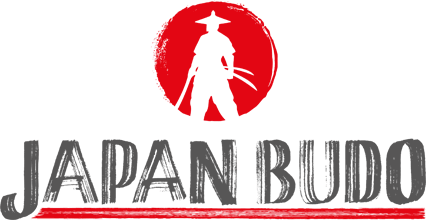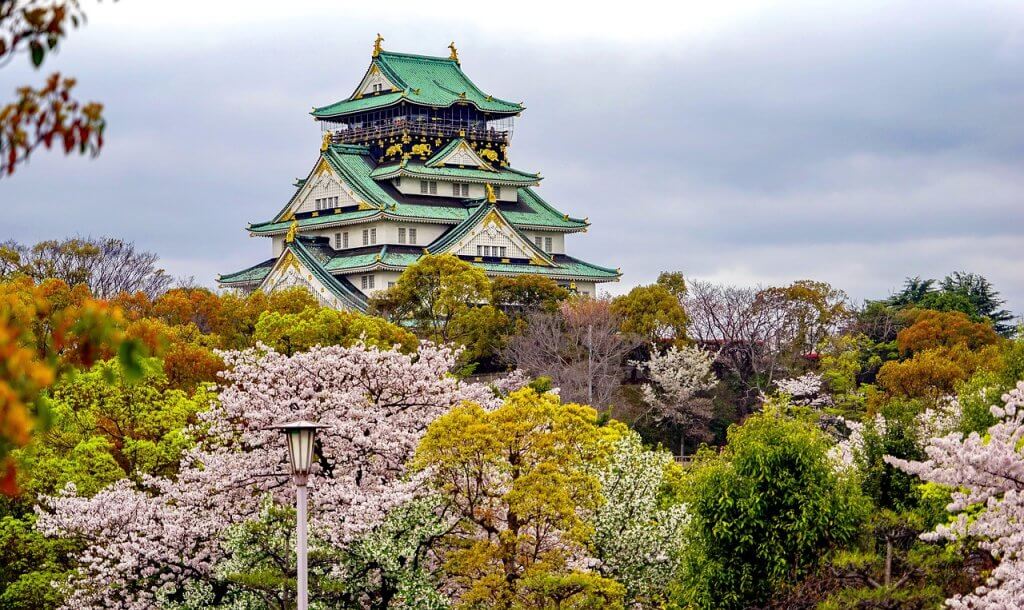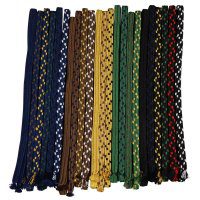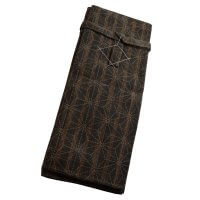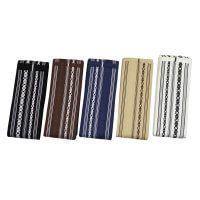Japanese culture is rich and has been an advanced civilisation for many centuries. Historically, Japan, like most countries in the region, was heavily dependent on China in the early days. As early as the 8th century, Japan broke away and developed its own culture. This Japanese culture has produced many well-known things that only existed and still exist in the country.
For example William AdamsThe story of John Blackthorne in the streaming series Shogun on Disney+ is based on his life. He arrived in Japan at the beginning of the 17th century and was astonished to find that Japan had developed its own, equally developed culture, which was nevertheless fundamentally different to his own culture.
Japanese culture has therefore always been admired and has produced some historical collector's items. Our theme is of course Japanese swordsbut there are also other interesting areas. We would like to present a few of these today and have selected 7 examples.
Japanese culture and its artefacts
Japanese culture developed independently of European culture, even if there were later mixtures with Western culture. As a result, Japanese art has developed its own style and its own artefacts.
Japanese painting
There are many famous artists in Japanese painting.
Probably the most famous picture is "The Great Wave off Kanagawa" by the artist Katsushika Hokusai. It is part of the artist's series 36 Views of Mount Fuji.
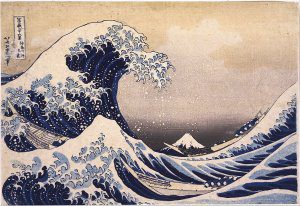
Jukyo-e
Jukyo-e is the name given to a style that depicted everyday life in Japan. These were usually produced as woodcuts. It is popular and well-known in our country and the aforementioned picture "The Great Wave off Kanagawa" by Katsushika Hokusai belongs to jukyo-e. The name is translated as pictures of the floating world. These pictures show a part of Japanese culture.
Kakemono scroll pictures for the wall
Kakemono are scroll paintings that look like a scroll when rolled up. When unrolled, a Japanese painting is placed on the scroll. Unrolled, these scrolls are hung on the wall and are a classic of Japanese home furnishings.
Japanese furniture
As it was traditional in Japan to sit/kneel on the floor instead of on chairs as we do, Japanese culture has developed completely different furniture to ours.
Even if the functionality is the same, as with tables or cabinets for example, the furniture looks completely different and has its own style.
Samurai items
The history of the samurai is part of Japan's history and is therefore also part of Japanese culture. In addition to the samurai sword, there are several artefacts that originate specifically from samurai culture.
Katana Kake
Katana Kake is the name for sword mounts. These can have very different designs. Some have a crossbar that can be decorated with paintings or elaborate carvings. You can find such high-quality, historical sword stands from time to time in our category for Samurai antiques. These were part of the home furnishings and are an integral part of Japanese culture of the past.
Samurai armour
Samurai armour (yoroi) is a collector's item. The helmets (kabuto), which are artistically decorated in addition to their protective function, attract particular attention. The face masks (mempo) and the decoration on the helmet (tatemono) are particularly popular.
Samurai swords
Samurai sword blades
It probably comes as a surprise to outsiders, but samurai swords and their blades are real works of art. The old steel in Japan was difficult to work with, so making a sword blade was an art in itself. But there are elements that the swordsmith has to shape like an artist during the manufacturing process. The way in which the steel was composed is expressed, for example, in the appearance of the blade surface (hada).
There is also the hardening step in sword production. Japanese swordsmiths use a technique that results in a hardening pattern (hamon) on the blade. This is determined by the blacksmith and can have very different shapes.
This, and the shape of the blade, gives each sword a look that is an expression of the swordsmith's art, just like a painting and its painter. The sword generally has a special place in Japanese culture.
Tsuba, Fuchi, Kashira and Menuki
Tsuba is the blade of the samurai sword, fuchi and kashira are elements on the handle and menuki are inlays under the grip. These metal elements are made by specialised craftsmen. They create works of art in a small space. In some cases, details are worked into the elements that are barely visible to the naked eye.
This is why Tsuba Fuchigashira (collective term for Fuchi and Kashira) and Menuki are also collectors' items.
Tessen
Tessen are metal fans that were used by samurai as signalling devices, but also as weapons in emergencies. Many of them have brightly coloured and simple symbols, especially because of their function as a signalling device. However, some examples can also be artistically decorated like a painting.
